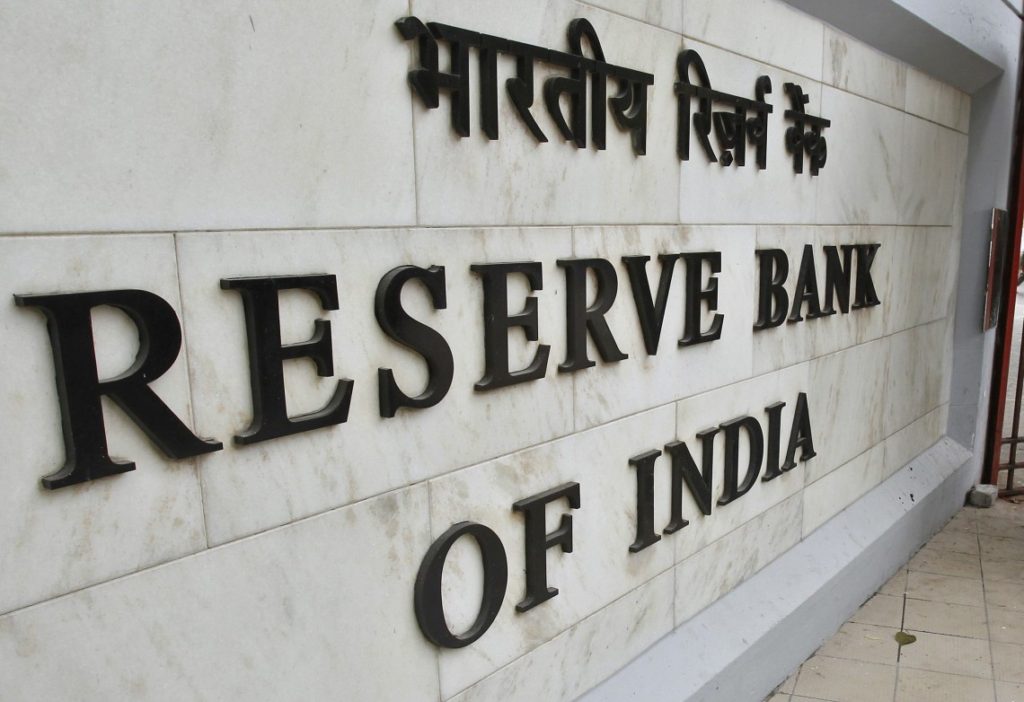
‘Getting data off internet is like taking a drink from a firehose’ said an American entrepreneur Mitchell David Kapor. This though provoking quote seems to sum up the data glut scenario that institutions worldwide are willingly or unwillingly called upon to embrace today including the central banks, which are arguably considered as conservative and traditional in their approaches.
The complexity and comprehensiveness of brave new world of data is essentially changing the way the central banks globally leverage the numbers to articulate the monetary policy. The incredibly rich sources of data emerging are seemingly making the traditional data sources come across as obsolete. Despite the challenge that these apex monetary policy institutions today are required to look at much more data available per unit time than ever before and that too in varied forms: structured and unstructured at hyper frequency, not to mention the obstacles in their collection, the emergence of big data and its interpretation in varied ways facilitated by Artificial Intelligence and Machine learning has thrown open massive possibilities for central banks. AI also holds much potential to improve quality of data sets and correct inaccuracies in an automated manner.
While it’s hard to imagine that sophisticated computers holding massive data efficiently will be able to replace central bankers in the foreseeable future, but most central banks: 60 % of the 52 central banks surveyed by centralbanking.com and Bearing Point in 2018 believe that big data will either be ‘core’ or ‘auxiliary’ input for policy making and will play a significant role in the supervisory process.
Almost two decades ago in 2001 before the Big Data and AI made visibly powerful forays into policymaking, in a working paper issued by New York Based National Bureau of Economic Research, Ben S. Bernanke, former chair of Fed Reserve and Jean Boivin, head of BlackRock Research Institute, explored the feasibility and need for incorporating rich data sets into policy analysis and found that doing the same can also significantly improve forecasting accuracy.
Traditionally, central banks have relied on lagged values of economic variables and forecasts for medium term to articulate their stance on monetary policy, but more data being churned out now every second has potentially allowed ‘nowcasting’ : prediction of present and very near term future. Rather than being considered as ‘revolutionary’ step in scraping data, use of big data by central banks across the world can be seen as an evolutionary and logical outcome of the need to look at much more timely and richer financial and macroeconomic data post the crisis.
Whether it’s accessing job search and employment data via internet job portals, assessing inflationary expectations as they get build up real time and identify key drivers, obtaining data on key financial variables including payments and transactions or identifying asset bubbles, big data has allowed monetary policy decision making to be more real time . Looking at much more data than ever before can allow central banks to take and explain their monetary policy decisions beyond the confines of traditional New Keynesian Economic thinking, which theoretically speaking has formed the basis of explanation of macroeconomic phenomenon and monetary decision making. The challenge and the opportunity lies in the bringing varied ways of collecting and analysing data into a seamless whole.
However, according to the survey aforementioned, only 40 percent of the respondent central banks have put in place expert technology to manage the continuously arriving data which implies that governance reform needed in central banks to embrace richer data environment lags behind the fast paced innovative research. With the tremendous potential opportunities thrown open for central banks, it remains imperative that central banks break away from cognitive limitations and turn imaginative so as to be able to embrace the variety of data sources available to them in a meaningful way and evolve new perspectives on macroeconomic issues and oversee financial system.
Mridul Mehndiratta is a doctoral student in Department of Economics, Panjab University, Chandigarh. Her area of research is monetary economics.










































